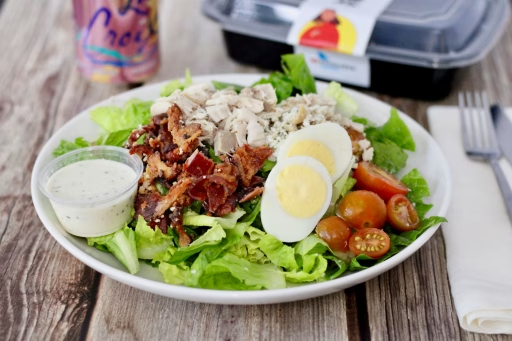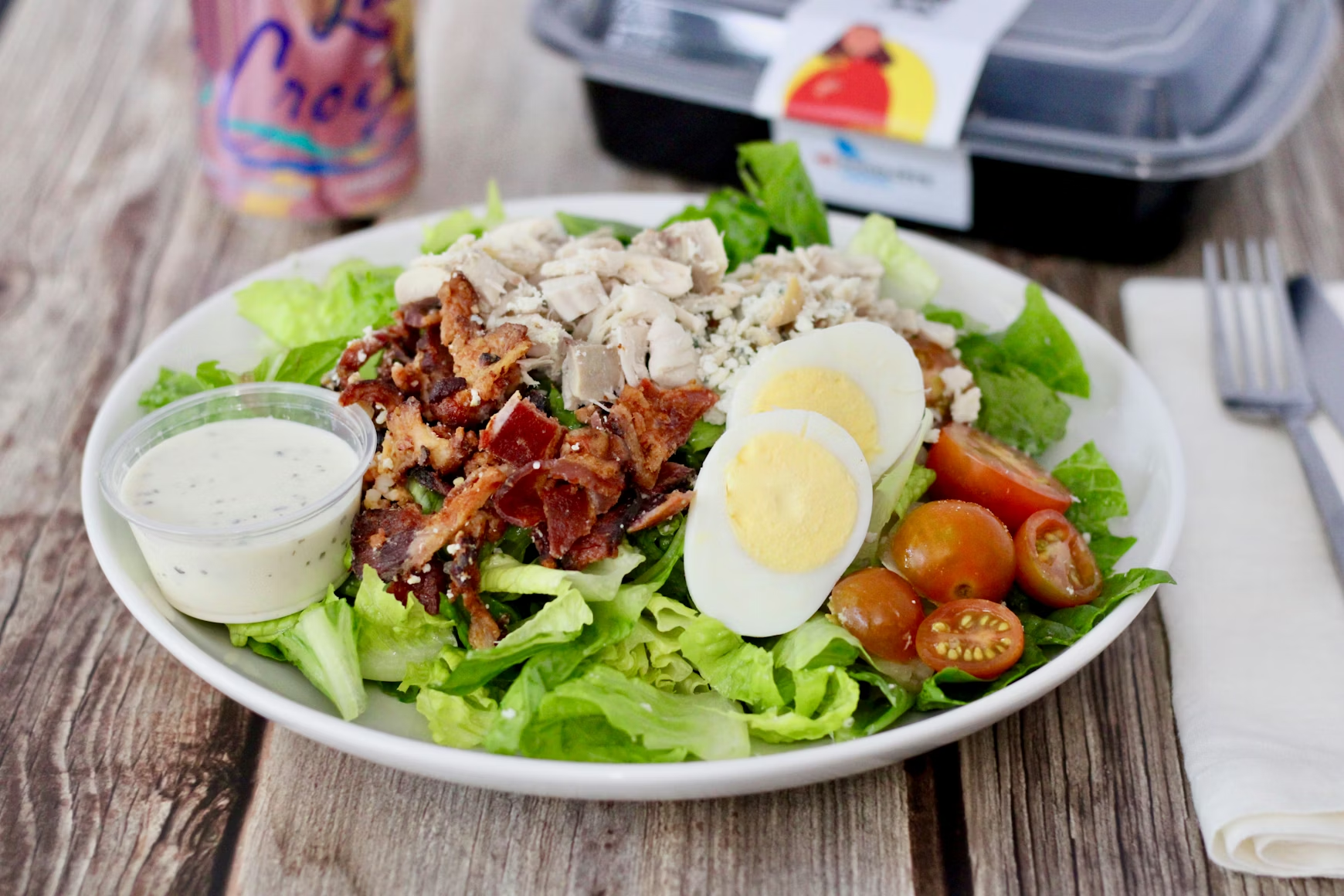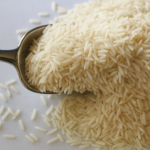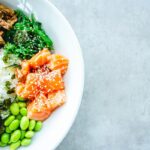The Truth About High-Protein Meal Plans for Sustainable Weight Loss
Healthy’s Summary
Weight loss shouldn’t feel like punishment—but let’s be honest, sometimes it totally does. That’s where high-protein meal plans come in—and no, it’s not all grilled chicken and boiled eggs. Eating more protein can help you stay full longer, maintain muscle while losing fat, and even boost your metabolism a little bit. When done right, it doesn’t feel like a “diet” at all.
But here’s the catch: not all protein-heavy meal plans are created equal. Just eating more steak won’t magically make the scale budge. The best high-protein plans combine lean proteins, fiber-rich veggies, and healthy fats. Timing matters, too—like getting enough protein at breakfast instead of cramming it all in at dinner.
A High Protein Meal Plan For Weight Loss Isn’t Magic—But It’s Close
Okay, maybe not magic, but a high protein meal plan for weight loss does come pretty close when you’re trying to lose weight without being constantly hangry. Here’s why: protein makes you feel full, helps protect your muscles while your body burns fat, and even takes more energy to digest than carbs or fat. In other words, your body works a bit harder just processing it.
You’ve probably heard that before, but here’s what it really means: let’s say you eat a chicken breast and some veggies for lunch. You’re way less likely to reach for that mid-afternoon snack because you’re genuinely satisfied. Compare that to a carb-heavy lunch, and you might be rummaging through the kitchen by 2 PM wondering what went wrong.
And yes, there’s solid science behind it. Studies show that eating more protein—around 25 to 30 percent of your daily calories—can slightly boost your metabolism, curb cravings, and help with portion control without making you feel deprived.
So What Does a High-Protein Day Actually Look Like?
Let’s paint the picture. You start your morning with something like Greek yogurt topped with berries and chia seeds—or maybe an egg scramble with some avocado on whole-grain toast. You’re off to a strong start without even trying that hard. By lunchtime, you’re going for a bowl with grilled chicken, quinoa, some black beans, and roasted veggies. It’s warm, filling, and you still feel light enough to get through the rest of your day. Need a snack? A quick cottage cheese cup or a blended smoothie with some protein powder does the trick. Dinner might be baked salmon, roasted Brussels sprouts, and mashed cauliflower—or maybe a plant-based stir-fry with tofu, lentils, and brown rice if you’re keeping it vegetarian. The key here is that every meal includes protein, but it’s balanced with plenty of fiber and healthy fats too.
And nope, it doesn’t have to be boring or repetitive. There’s room for variety, flavor, and yes—even dessert. The key is customizing your high protein meal plan for weight loss to fit your goals. That doesn’t just mean weight loss; you can customize for your foodie likes and dislikes, prioritize meals that reflect your cultural dishes, or explore new kinds of foods in the process. You don’t need to rely on chicken and rice bowls (unless that’s your thing).
Mistakes People Make (and How to Dodge Them)
Let’s talk about what not to do—because there are definitely a few ways this plan can go sideways.
Some folks go all-in and overload on meat, thinking more protein automatically equals more weight loss. But too much animal protein without enough fiber or hydration? That’s a recipe for digestive drama and feeling sluggish.
Others forget the big picture. Protein is powerful, but it doesn’t work alone. You still need carbs for energy (especially if you’re active) and fats for hormones, brain health, and satisfaction. Going ultra low-carb while trying to eat high-protein can backfire fast.
Oh, and this one’s sneaky: not drinking enough water. Protein metabolism can dehydrate you if you’re not staying on top of fluids, so keep that water bottle close.
Most dietitians recommend aiming for somewhere between 1.2 and 2.0 grams of protein per kilogram of body weight if you’re trying to drop fat but hang on to your muscle. The exact number depends on your size, activity level, and overall health.
Is A High Protein Meal Plan For Weight Loss For Everyone?
Not necessarily. High-protein eating can be a game-changer for folks who work out regularly, have big appetites, or tend to lose muscle when cutting calories. It can also be helpful for people over 50 who naturally start to lose muscle mass.
But if you have kidney issues, certain metabolic conditions, or you’re pregnant or breastfeeding, you’ll definitely want to talk to a doctor or dietitian before loading up on protein. Everyone’s needs are different, and more isn’t always better.
Vegetarian? No problem. Beans, tofu, lentils, edamame, eggs, Greek yogurt, and even some grains like quinoa can help you hit your protein goals without meat.
A Final Thought
Here’s the bottom line: a high-protein meal plan isn’t a crash diet or a one-size-fits-all fix. It’s a flexible, satisfying way to eat that supports fat loss, muscle maintenance, and long-term energy. When you get it right, it doesn’t feel like you’re depriving yourself—it feels like you’re fueling your body with what it actually needs.
Maybe it’s not about cutting everything out, but rather adding more of what actually helps you thrive.
Want to dig deeper?
Get in Shape: A Fresh Start
Ready to take charge of your fitness and health this year? “Get in Shape: A Fresh Start” helps you build sustainable habits for both activity and nutrition. Whether you’re aiming to lose weight, gain muscle, or just feel better, this program provides personalized tips, tracks your progress, and keeps you motivated. From meal guidance to fitness routines, you’ll have the tools you need to make lasting changes and see results. Let’s start strong and keep the momentum going all year long!
Enroll in one of Healthy’s Programs to log, track and learn more about your Health, one conversation at a time.
Learn More




